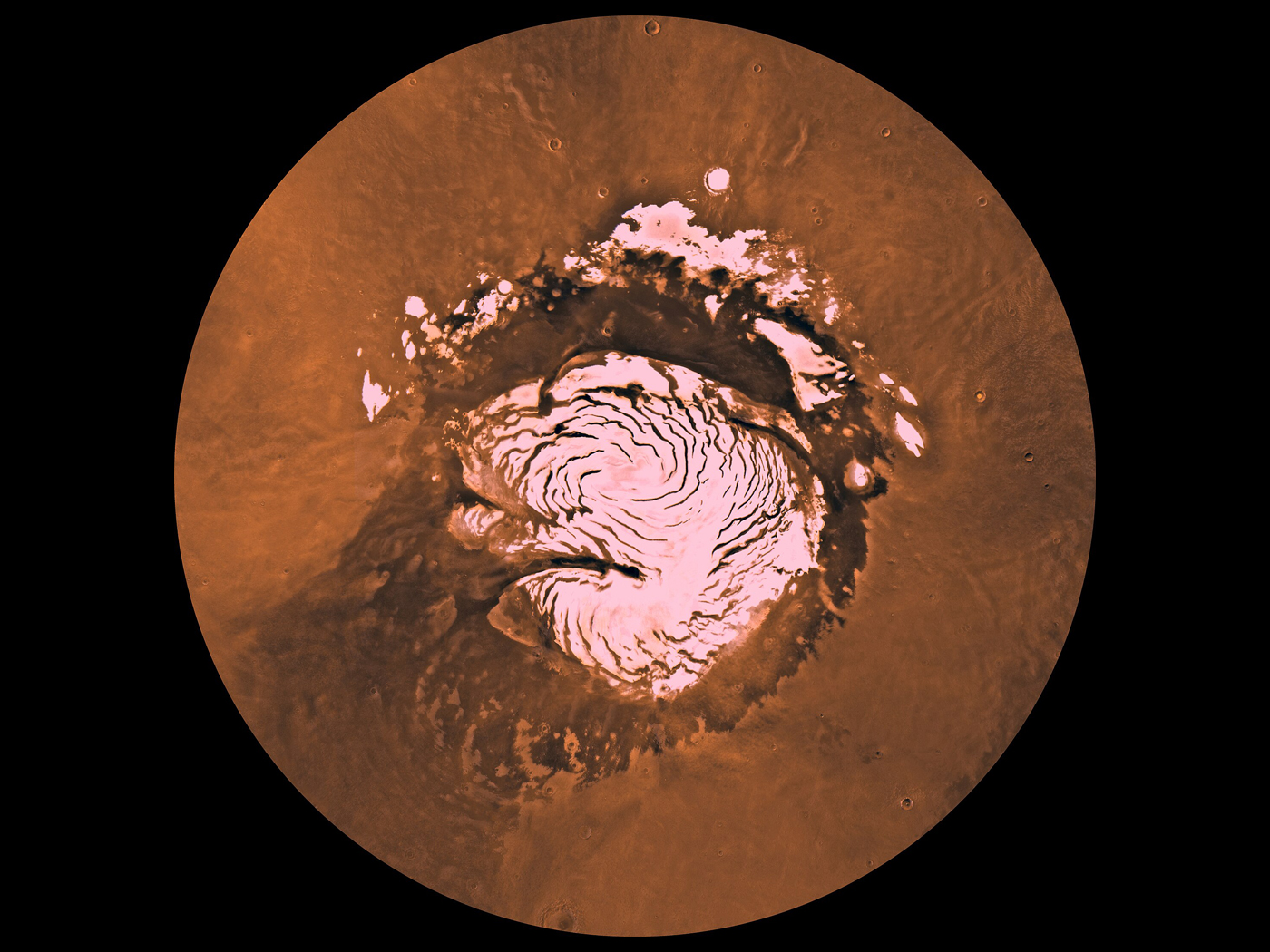If the regulatory picture of the genome was not complicated enough, now scientists have discovered yet one more amazing level of bio-complexity that involves a whole new class of molecules in the form of RNA hoops, or circles—the results just published in several new Nature papers.1, 2 In fact, the findings were so startling that one of the lead authors commented the molecules formed "a hidden, parallel universe" where many new types and functions remain to be discovered.3
Early in the molecular biology revolution, researchers discovered a class of functional molecules in the genome called "non-coding RNAs," meaning they do not provide a template for making proteins. The first discovered forms of these molecules were found to be involved in manufacturing proteins, and were called "transfer" and "ribosomal" RNAs. Now scientists have added many more categories of non-coding RNAs to the mix—some are very short and others are quite long. Many of these new types of RNAs are regulatory in nature and known to be key players in controlling how genes are expressed and controlled in the cell.
The latest addition to this startling array of RNA molecules is truly amazing. Most non-coding RNAs are linear while others become integrated into various protein structures. However, this newly characterized type forms loops and circles and are encoded by DNA information that, in many cases, actually overlaps with protein-coding genes. Thus, they represent a completely separate layer of information overlaid in the same code with genes. In fact, many other types of regulatory RNAs are also coded into the same DNA space on chromosomes as the protein-coding genes themselves. It is now clear that individual genes actually contain many different levels of genetic information; a phenomenon that gradualistic evolution simply cannot account for.
In their evolutionary mindset, scientists first thought that these circular RNAs were genetic accidents or experimental artifacts. However, errant evolutionary hypotheses have once again been destroyed in the light of new discovery.
It is now certain that circular RNAs are important functional components of gene regulation, and there are different categories of circular RNAs. One of the new categories just discovered acts as complex molecular sponges that bind and regulate other types of RNA.1
One prominent molecular biologist, Erik Sontheimer, proclaimed in an interview with Nature editors over the discovery, "You just wonder when these surprises are going to stop."3 The answer is, they probably won't—because scientists have only begun to scratch the surface in discovering the complexity of the cell which has been engineered by an omnipotent and all-powerful Creator.
References
- Hansen, T.B., et al. 2013. Natural RNA circles function as efficient microRNA sponges. Nature, 495 (7441): 384-388. Posted on www.nature.com on March 21, 2013, accessed on March 19, 2012.
- Memczak, S., et al. 2013. Circular RNAs are a large class of animal RNAs with regulatory potency, Nature, 495 (7441): 333-338. Posted on www.nature.com on March 21, 2013, accessed on March 19, 2012.
- Ledford, H. 2013. Circular RNAs throw genetics for a loop. Nature, 494 (7438): 415. Posted on www.nature.com on February 28, 2013, accessed on March 19, 2012.
Image credit: Vossman
*Dr. Tomkins is Research Associate at the Institute for Creation Research and received his Ph.D. in Genetics from Clemson University.
Article posted on April 5, 2013.













